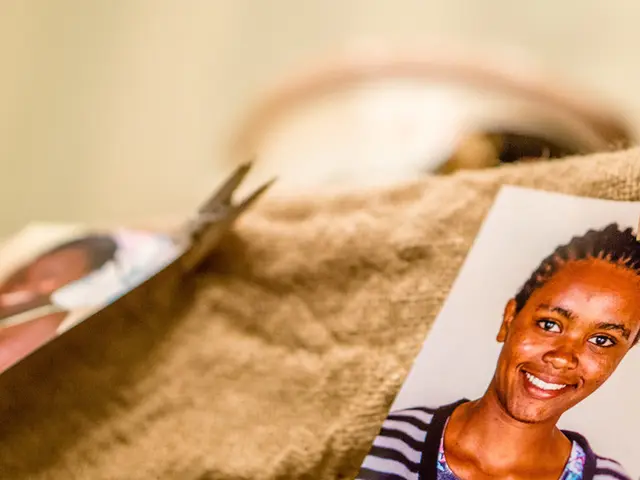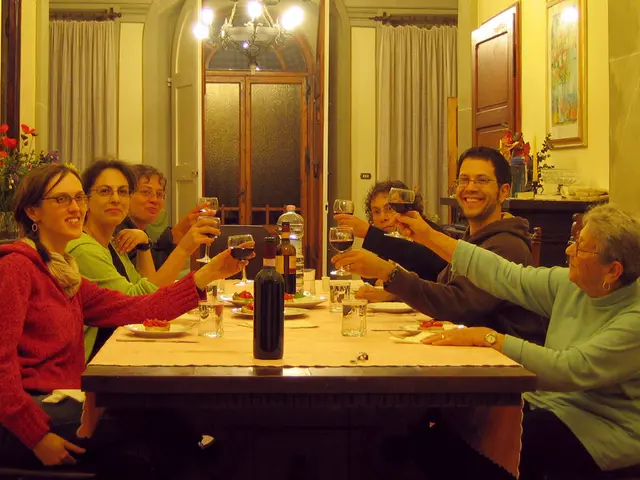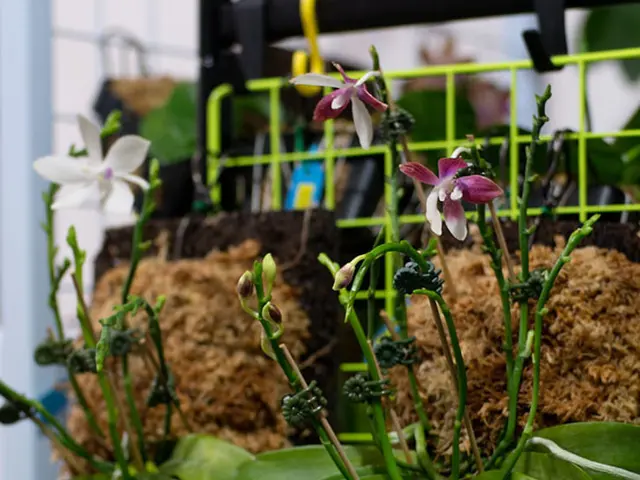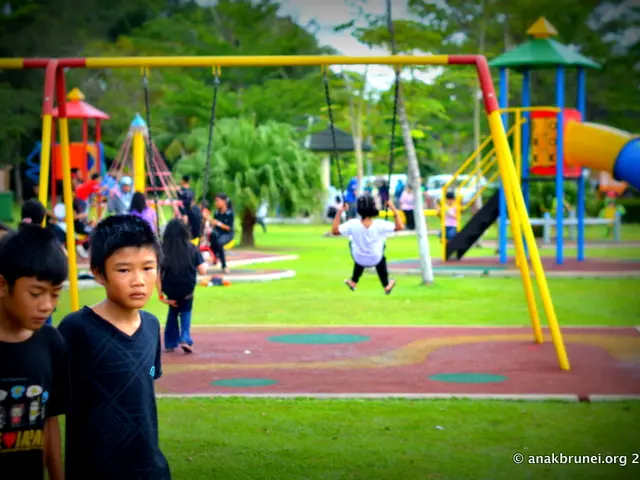Crossing the initial boundary:
Ḥanging Out and Exploring with the Gang: A Chilangotitlán Adventure
It's 2 PM on a Monday, and I'm standing, leaning on the worn wooden bar of the cantina El Tío Pepe.Standing solo, but waiting for an old friend. "A man leaning on a bar is the start of something," goes the saying of my deceased kin Eusebio Ruvalcaba. I'm alone, sure, but my buddy's on his way to Mexico City, and we're about to embark on a week-long exploration. I'd been invited to be his Virgil, to show him around my beloved city, known as the "City of Mexico."
"Welcome, mate. You've arrived in the crystalline zone of the atmosphere," I humbly echo the wise words of Alfonso Reyes, the renowned regiomontano scholar, who was well-acquainted with the Valley of Anahuac. Fortunately, my friend happened to catch me free, and I enthusiastically accepted the opportunity to be his urban guide, eager to share my fascination for this metropolis' rich history and character.
"Let's hit the streets then, or better yet, let's bar-hop." I suggested playfully, determined to lead him on a voyage through some lesser-known paths, landscapes, and distinctive sites of Mexico City. We'd explore this "storied and powerful city," guided by the shelter of its countless cantinas. With that, I proposed a cantina tour, a tequila-infused odyssey through this urban jungle that once teemed with water and life.
And so, there I stood, surrounded by tales of yesteryear at El Tío Pepe, the oldest cantina still standing in Mexico City, having opened its doors in 1869. From its humble beginnings as Salon Habana to its current moniker, it sits at the edge of Chinatown, a historic intersection marked by its past as La Oriental.
My buddy arrived, and we shared a toast, our glasses clinking together over the distinctive taste of Herradura Blanco tequila. After briefly catching up, I laid out the plan: we'd one drink per cantina, navigate on foot or via public transportation, and only visit those we could reach without the aid of the Metrobús—a means of transport I am not particularly fond of. With a week of vacation at his disposal, we aimed to cover as many cantinas as possible, while also taking in walks, sights, and history.
As Armando, our bartender, prepared our drinks, I took the opportunity to break rule number one and order another round, indulging myself with a second HB, grinning to myself for being punctual. Then I enlightened my traveling companion with the history of El Tío Pepe, revealing its past as Salon Habana and La Oriental, highlighting the significance of its location in Chinatown.
I shared its intriguing history, how the neighborhood was originally known as the Oriental, and how the Chinese presence in Mexico City began largely in the late 1800s, spurred by the United States' exclusionary policies and Mexico's labor demands. However, the Chinese community faced challenges, with anti-Chinese sentiment commonplace, leading to hardships and xenophobia.
Despite this, the Chinese community in Mexico City has left an indelible mark on the city's cultural landscape. Today, Chinatown is a vibrant hub, where Chinese traditions and Mexican influences coalesce, offering a unique blend of culinary delights, cultural events, and traditional festivals. It's a testament to the resilience and cultural contributions of the Chinese community in Mexico, serving as a symbol of resilience and a beacon of cultural exchange.
Our adventure was just beginning, and I excitedly awaited the days ahead, eager to share my city with my friend and immerse ourselves in its rich history and mysteries—guided, of course, by the soothing embrace of Mexico City's cantinas.
### A Silent Protest: An Interview with Malva Flores
The history and significance of Chinatown, or "Barrio Chino," in Mexico City are deeply intertwined with broader historical currents, including immigration, cultural exchange, and social dynamics. The small but vibrant neighborhood has witnessed the resilience of the Chinese community in Mexico City, who have made significant contributions to the city's cultural landscape.
From Chinese immigration in the late 1800s, fueled by exclusionary policies in the United States and Mexico's labor needs, to modern-day symbolism, Chinatown embodies the rich tapestry of cultural fusion that defines Mexico City. With a tumultuous history plagued by discrimination and anti-Chinese sentiment, the community has showcased remarkable resilience, transforming adversity into cultural treasures that captivate locals and tourists alike. Today, Chinatown stands as a shining example of resilience and cultural exchange, offering a diverse blend of Chinese and Mexican Culture.
"As our week-long adventure unfolds, we'll delve into the diverse culture and lifestyle of Mexico City, taking time to appreciate the fascinating food-and-drink scenes unique to each cantina," we agreed, raising our glasses to the journey ahead.
"Later, as we stroll through the bustling streets of Barrio Chino, we'll explore the home-and-garden designs that reflect the harmony of Eastern and Mexican architectural traditions," I suggested excitedly, eager to let my friend experience the vibrant fusion of cultures firsthand.
"Our Chilangotitlán expedition also involves travel to some of the hidden gems of Mexico City, giving us a chance to appreciate the rich history and character of this fascinating metropolis," I added, anticipating the enchanting days that lay ahead of us.




